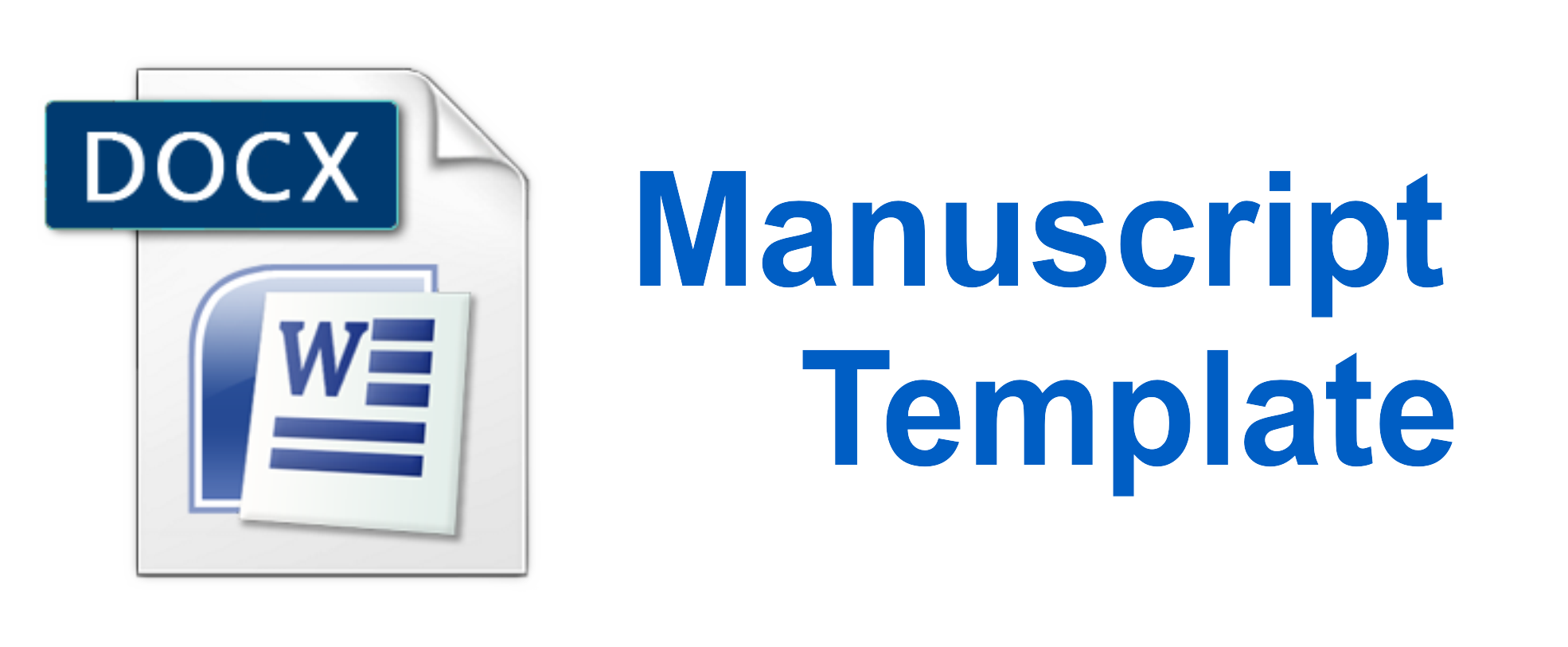Hate Speech in India: Contemporary Legal Challenges and Responses
DOI:
https://doi.org/10.47353/lawpass.v1i2.13Keywords:
Hate Speech, Legal Framework, Content Moderation, Freedom of ExpressionAbstract
This article examines the legal challenges of addressing hate speech in India, focusing on the balance between free speech and public order, as well as the protection of vulnerable communities. It reviews existing legal frameworks, including constitutional provisions under Articles 19(1)(a) and 19(2), statutory laws like Sections 153A, 295A, and 505(1) of the Indian Penal Code, and Section 69A of the Information Technology Act. Key judicial pronouncements, such as Shreya Singhal v. Union of India, are analyzed to highlight regulatory complexities. The study identifies social media proliferation, political exploitation, and legal ambiguities as critical contemporary issues. Using a qualitative research methodology, the article proposes reforms including clearer definitions of hate speech, stronger enforcement mechanisms, and new laws targeting online hate speech and political incitement. It also advocates for enhanced public awareness and education. These measures aim to curb hate speech while upholding democratic values and ensuring societal harmony, contributing to the discourse on digital governance and legal responses in India. In light of the increased incidents of hate speech in India and the legal challenges surrounding it, this article seeks to analyze the existing frameworks and propose necessary reforms.
Downloads
References
Adcock, C. S. (2014). DEBATING CONVERSION, SILENCING CASTE: THE LIMITED SCOPE OF RELIGIOUS FREEDOM. In Cambridge University Press (Vol. 29, Issue 3, pp. 363–377). https://doi.org/10.1017/jlr.2014.19
Arun, C., & Nayak, N. (2016). Preliminary Findings on Online Hate Speech and the Law in India. https://doi.org/10.2139/ssrn.2882238
Bias, Media Bias, Bias in the Media, News Bias. (2019). https://www.imediaethics.org/topics/bias/
Bilewicz, M., & Soral, W. (2020). Hate Speech Epidemic. The Dynamic Effects of Derogatory Language on Intergroup Relations and Political Radicalization. https://doi.org/10.1111/pops.12670
Caste-based discrimination in Indian education. (2021). https://en.wikipedia.org/wiki/Category:Caste-based_discrimination_in_Indian_education
Costa, A. P. (2023). Qualitative Research Methods: Do digital tools open promising trends? Revista Lusofona de Educacao, 59(59), 67–76. Scopus. https://doi.org/10.24140/issn.1645-7250.rle59.04
Davids, N. (2018). On the (in)tolerance of hate speech: Does it have legitimacy in a democracy? https://doi.org/10.1080/17449642.2018.1477036
Dharmapala, D., & McAdams, R. H. (2005). Words That Kill? An Economic Model of the Influence of Speech on Behavior (with Particular Reference to Hate Speech). https://doi.org/10.1086/425599
Diversity and Expression. (2017). https://freespeechcenter.universityofcalifornia.edu/programs-and-resources/resource-materials/ask-the-experts/what-steps-can-campuses-take-in-order-to-enhance-both-free-expression-and-diversity-and-inclusion/
Do Indian Courts Face A Dilemma in Interpreting Hate Speech? (2020). https://www.epw.in/engage/article/do-indian-courts-face-dilemma-interpreting-hate
Education and Literacy—Freedom of Expression. (2023). https://www.coe.int/en/web/freedom-expression/education-and-literacy
Explained | What is ‘hate speech,’ and how is it treated in Indian law? (2022). https://www.thehindu.com/news/national/explained-what-is-hate-speech-and-how-is-it-treated-in-indian-law/article64851585.ece
Gillespie, T. (2020). Content moderation, AI, and the question of scale—Tarleton Gillespie, 2020. https://journals.sagepub.com/doi/10.1177/2053951720943234
Haigh, G. (2023). Global Overview of Censorship Law & Policy: Mapping the Censorship Industrial Complex—Censorship Industrial Complex. https://censorshipindustrialcomplex.org/resources-2/globalcensorshipreport
Hate speech and incitement to hatred or violence. (2023). https://www.ohchr.org/en/special-procedures/sr-religion-or-belief/hate-speech-and-incitement-hatred-or-violence
Hate Speech Laws in Democratic Countries. (2021). https://compassjournal.org/hate-speech-laws-in-democratic-countries/
Hate speech laws in India. (2009). https://en.wikipedia.org/wiki/Hate_speech_laws_in_India
Hate-Speech-Reading-List. (2023). https://github.com/hate-alert/Hate-Speech-Reading-List
Hechiche, A. (2004). The Ethics and Culture of Peace. In Taylor & Francis (Vol. 29, Issue 4, pp. 495–502). https://doi.org/10.1080/03797720500083864
How can digital public technologies accelerate progress on the Sustainable Development Goals? (2022). https://www.brookings.edu/research/how-can-digital-public-technologies-accelerate-progress-on-the-sustainable-development-goals/
How do prosecutors collect and use data in decisionmaking? (2018). https://www.urban.org/urban-wire/how-do-prosecutors-collect-and-use-data-decisionmaking
Illegal content on online platforms. (2023). https://digital-strategy.ec.europa.eu/en/policies/illegal-content-online-platforms
Indian Penal Code, § 375 (1860).
Indian Penal Code, 1860. (2022). https://devgan.in/ipc/index.php
IPC Section 153—Wantonly giving provocation with intent to cause riot. (2022). https://devgan.in/ipc/section/153/
‘It’s just a joke’: The subtle effects of offensive language. (2016). https://www.sydney.edu.au/news-opinion/news/2016/07/20/_it_s-just-a-joke--the-subtle-effects-of-offensive-language.html
Jasper, K. (1993). Monitoring and responding to media messages. In Taylor & Francis (Vol. 1, Issue 2, pp. 109–114). https://doi.org/10.1080/10640269308248278
Kumar, D. (2021). Journey with Rural Identity and Linguicism (Vol. 2, Issue 1, pp. 202–218). https://doi.org/10.26812/caste.v2i1.285
Lepoutre, M. (2019). HATE SPEECH LAWS: EXPRESSIVE POWER IS NOT THE ANSWER. https://doi.org/10.1017/s135232522000004x
Lochmiller, C. R. (2021). Conducting Thematic Analysis with Qualitative Data. https://doi.org/10.46743/2160-3715/2021.5008
López, A. (2014). Greening the Mediapolis with Media Literacy. In IGI Global (Vol. 5, Issue 2, pp. 1–12). https://doi.org/10.4018/ijsesd.2014040101
Lysa, H. (2007). Singapore and its Tensed Pasts: History and Nation-Building. In RELX Group (Netherlands). https://doi.org/10.2139/ssrn.1317164
Madheswaran, S., & Singhari, S. (2016). Social exclusion and caste discrimination in public and private sectors in India: A decomposition analysis. https://doi.org/10.1007/s41027-017-0053-8
Modh, K. (2015). Controlling Hate Speech on the Internet: The Indian Perspective. https://doi.org/10.2139/ssrn.2783447
Müller, K., & Schwarz, C. (2020). Fanning the Flames of Hate: Social Media and Hate Crime. https://doi.org/10.1093/jeea/jvaa045
Narrain, S. (2016). Hate Speech, Hurt Sentiment, and the (Im)Possibility of Free Speech. https://www.epw.in/journal/2016/17/special-articles/hate-speech-hurt-sentiment-and-impossibility-free-speech.html
Office, R.-G. I. P. (2021). EU research and innovation to foster and enhance European democracy. https://op.europa.eu/en/publication-detail/-/publication/dc161934-771b-11eb-9ac9-01aa75ed71a1/
Omar, A., & Hashem, M. E. (2022). An Evaluation of the Automatic Detection of Hate Speech in Social Media Networks. https://doi.org/10.14569/ijacsa.2022.0130228
Parker, S., & Ruths, D. (2023). Is hate speech detection the solution the world wants? https://doi.org/10.1073/pnas.2209384120
Pozniak, H. (2023). Tackling the impossible problem of content moderation. https://eandt.theiet.org/content/articles/2023/04/tackling-the-impossible-problem-of-content-moderation/
Reichert, F., & Print, M. (2017). Civic participation of high school students: The effect of civic learning in school. https://doi.org/10.1080/00131911.2017.1316239
Schwarzmann, W. (2020). Traditional Knowledge on Modern Milling Robots How CNC-joinery machines promote a renaissance to lost techniques in the profession of a carpenter. 2, 597–604. Scopus. https://www.scopus.com/inward/record.uri?eid=2-s2.0-85128162770&partnerID=40&md5=02df7496980636a918d0ff556ca26c33
Section 295A of the Indian Penal Code—Wikipedia. (2022). https://en.wikipedia.org/wiki/Section_295A_of_the_Indian_Penal_Code
Subba, D. (2014). Democratic Values and Democratic Approach in Teaching: A Perspective. https://doi.org/10.12691/education-2-12a-6
UCU, E. (2023). Define “Academic Freedom” and “Freedom of Expression.” https://www.ucuedinburgh.org.uk/blog/define-academic-freedom
Vimal, J. (2020). Thematic Content Analysis in Literary Studies. https://doi.org/10.34256/irjt2118
Weispfenning, J. T. (1994). Television Self-Regulation: Organizational Processes and the Network Censors. https://doi.org/10.1177/107769909407100312
What you need to know about hate speech. (2023). https://www.unesco.org/en/countering-hate-speech/need-know
Will India Criminalise Online Hate Speech? Here Are Some Answers. (2018). https://www.thebetterindia.com/135099/india-criminalise-online-hate-speech-smriti-irani/
Zapata, J., & Deroy, O. (2023). Ordinary citizens are more severe towards verbal than nonverbal hate-motivated incidents with identical consequences. https://doi.org/10.1038/s41598-023-33892-8
Zargar, H. (2024). India elections: Vying for a third term, Modi is intensifying voter polarisation. https://www.middleeasteye.net/opinion/india-elections-modi-third-term-intensifying-voter-polarisation
Downloads
Published
How to Cite
License
Copyright (c) 2024 Dipshreeya Das

This work is licensed under a Creative Commons Attribution 4.0 International License.









